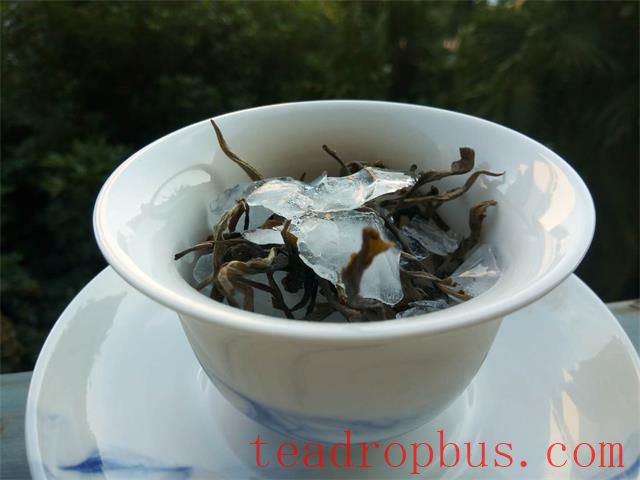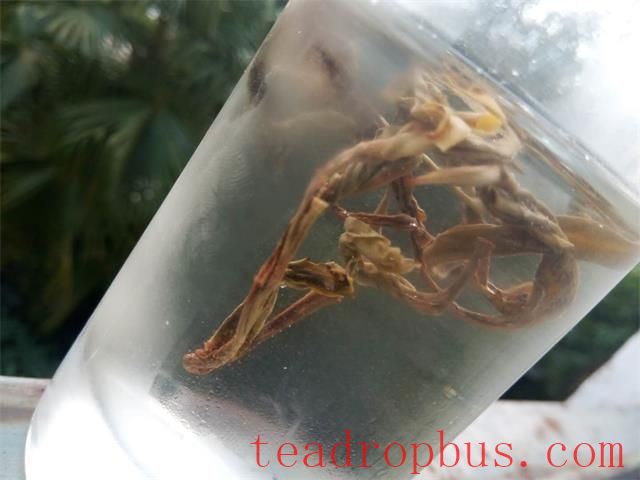The Grain in Ear solar term has passed, and the temperature is gradually getting hotter. With the heat comes irritability for many. Today, we recommend a tea brewing method perfect for summer: the Cold brew method. It's not only convenient but also refreshing and cooling.

What is Cold Brew Tea?
Cold brew tea involves Steeping tea leaves in cold water, a method that challenges traditional brewing techniques.
The “cold” water here does not mean ice water, but rather cool boiled water or room temperature mineral water. Compared to the traditional method of using hot water, cold brewing takes longer for the flavors to seep out, often requiring several hours before the tea is ready to drink.
Benefits of Cold Brew Tea
① Preserves Beneficial Substances
Tea contains over 700 substances, making it highly nutritious. However, many of these nutrients are damaged when steeped in boiling water. In recent years, tea experts have been exploring various methods to preserve both the flavor and nutritional value of tea. Cold brewing is one successful approach.
In general, the chemical components in cold-brewed tea increase with longer steeping times, with the most significant changes occurring within the first two hours. After a certain period, the increase in solubles levels off. After eight hours of steeping, all components except caffeine are higher in concentration than in hot-brewed tea.

② Does Not Affect Sleep
The caffeine in tea can be stimulating, which is why many people experience insomnia after drinking tea at night. When Green Tea is steeped in cold water for 4 to 8 hours, beneficial catechins are effectively extracted while caffeine content remains low (less than half). This method reduces caffeine release, making it gentle on the stomach and non-disruptive to sleep, suitable for those with sensitive constitutions or a tendency towards gastric coldness.
Teas Suitable for Cold Brewing
A well-made cold brew tea is naturally sweet and fragrant without added Sugar, with a smooth and mellow taste. However, cold brewing requires specific types of tea, as not all varieties are suitable.
New Tea: For the best flavor, use new tea when cold brewing.
Lightly Fermented Teas: Teas that are lightly fermented tend to have a more aromatic and sweet taste when cold brewed. Examples include green tea, lightly fermented oolong tea, and white teas like Silver Needle and White Peony.
Three Steps to Cold Brew Tea
1. Prepare tea leaves, cold water (or mineral water), and a glass container.
2. The ratio of water to tea is approximately 50 milliliters of water per gram of tea, which yields the best taste. Adjust according to personal preference.
3. Let it sit at room temperature for 2 to 6 hours, then pour out the tea to drink (or strain the tea leaves and refrigerate). Green tea takes less time (around 2 hours), while oolong and white teas require longer steeping periods.
Tips
1. Glass containers are best for cold brewing.
2. Once prepared, drink the cold brew tea as soon as possible or store it in the refrigerator, but do not keep it longer than 24 hours. If you have a weak constitution and cannot tolerate cold foods, avoid refrigeration and drink the tea after 2 to 6 hours at room temperature; avoid adding ice, mint, or chrysanthemum, which are cooling in nature.
3. If you prefer warm drinks, start by cold brewing the tea and then add warm water after extracting the necessary nutrients. This way, you can enjoy the health benefits of tea in a warmer form.